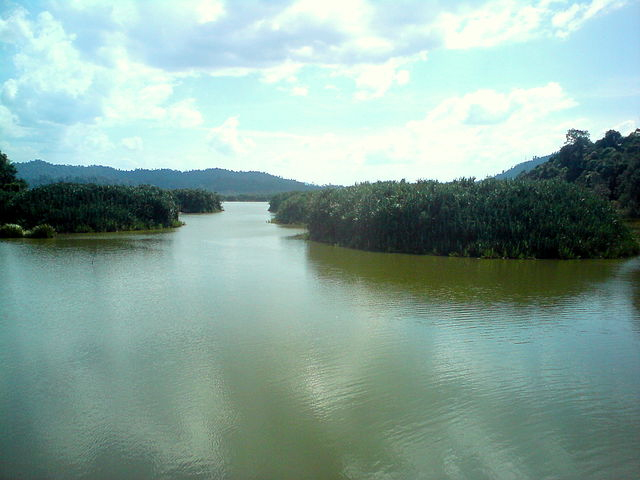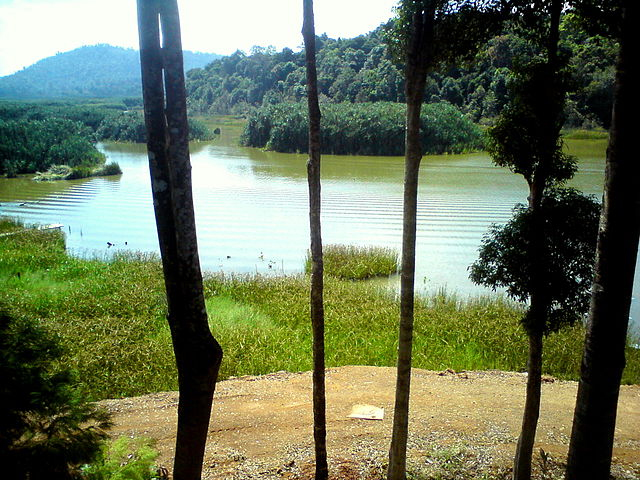Two weeks ago the New Straits Times (NST), a major Malaysian newspaper, published a report about the environmental degradation of Tasik Chini, the second largest lake in Malaysia. The health of the lake and the surrounding forest ecosystem is important to the Orang Asli villages around it—mostly Jakun people but also some Semai. A news story about the lake over two years ago expressed optimism that the pollution affecting it and its inhabitants—human and wildlife—was beginning to improve. This current report is not as hopeful.

The lake, located in Pahang State about 80 miles east of Kuala Lumpur, has a “bleak future” according to the journalist, which of course will have an impact on the gathering, fishing, and hunting by the Orang Asli villagers living in the forested lakeshore ecosystem.
The alarm was raised by Dr. Mushrifah Idris, the former director of the Tasik Chini Research Centre at the Universiti Kebangsaan Malaysia (UKM). She told the reporter that the major problems in the ecosystem are mining and clearing the forests, and she added that “past attempts to address the issue had fallen on deaf ears.”
In contrast, two years ago she had said that the water quality in the lake was improving, which was fostering other recovery efforts such as reintroducing lotus plants, preventing sediments from entering the lake, and reducing erosion from tributary river banks. She was still director of the research lab at the time.

The current NST news story quotes a 2010 UKM report that had raised alarms about the health of the lake, which it said was “dying.” That report prompted a variety of organizations to start campaigns to save the lake. The lake provides the home for a rich diversity of flora and fauna, including 87 species of freshwater fish, 189 species of birds, and 25 of aquatic plants. The lake includes a number of unique habitats.
The 200 hectare lake is formed by 12 interconnected bodies of water surrounded by 700 more hectares of swamp forest and freshwater swamps. The surface of the lake is transformed in August and September into a floating locus garden, their pink and white blossoms covering the water surface. UNESCO has designated the lake as a Biosphere Reserve, though the problems with the lake may threaten that designation.
The 2016 news story indicated that as of 2014, 429 Orang Asli lived in the villages surrounding the lake, of whom 12 percent were Semai and the rest Jakun. This current NST article reports that about 800 Orang Asli live along the shores of Tasik Chini.